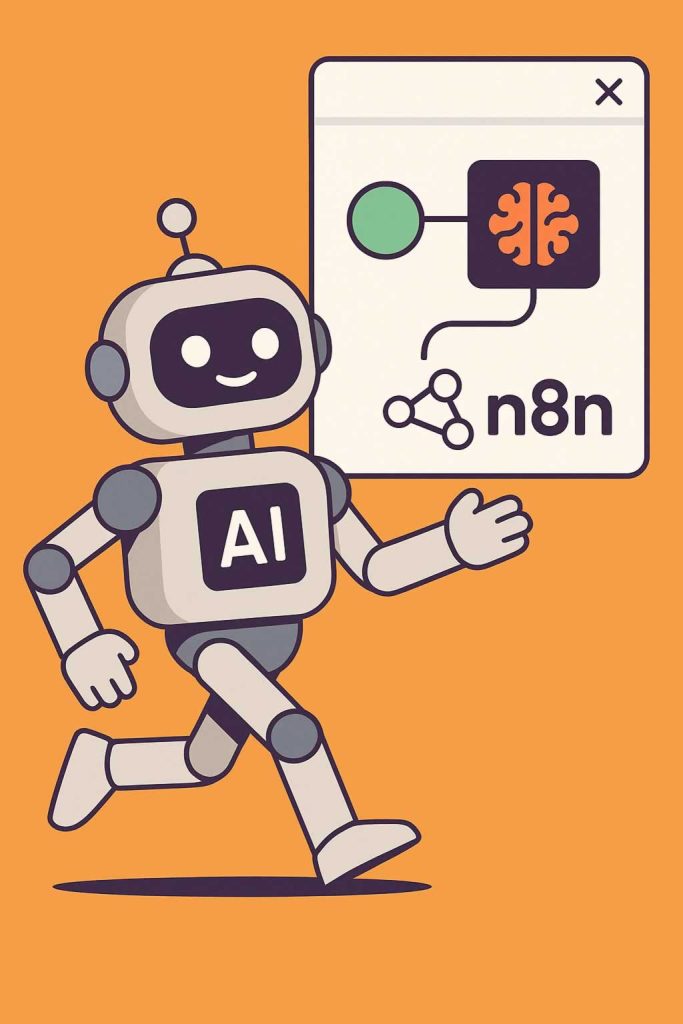

Yes, we can run AI models inside n8n, but not in the way that traditional machine learning frameworks operate. n8n is not built to host or train full-scale AI models within itself. Instead, it excels at orchestrating workflows that include AI as a component. At AEHEA, we use n8n to connect with AI models hosted elsewhere, whether on cloud platforms, third-party APIs, or our own infrastructure. This approach allows us to integrate powerful AI tools into broader automated systems without overloading the workflow engine.
The most effective way to use AI in n8n is through API calls. For example, we can use the HTTP Request node to send data to services like OpenAI, Hugging Face, or any self-hosted model that accepts HTTP input. We format the input data, send it to the AI endpoint, and receive the output directly within the workflow. This is fast, reliable, and scalable. It also gives us full control over how the model fits into the larger automation system. From summarizing emails to tagging images, this pattern supports a wide variety of use cases.
In addition to calling remote models, we can run lightweight logic within n8n itself. The Function node allows us to execute JavaScript, which is helpful for simple calculations, rule-based decisions, or preprocessing and postprocessing steps around the AI output. While this does not replace a full AI framework, it does allow for customization and dynamic behavior that adds flexibility to each flow. We often use this to clean input text or transform a model’s response before using it elsewhere.
At AEHEA, our strategy is to treat n8n as the central nervous system of an AI-driven workflow. It receives data, routes it to the right model, handles exceptions, and delivers the result where it needs to go. We combine it with containerized models, cloud-based inference endpoints, and external APIs to create powerful, automated systems. n8n does not need to run AI models natively because it already provides the infrastructure to control and coordinate them intelligently.
